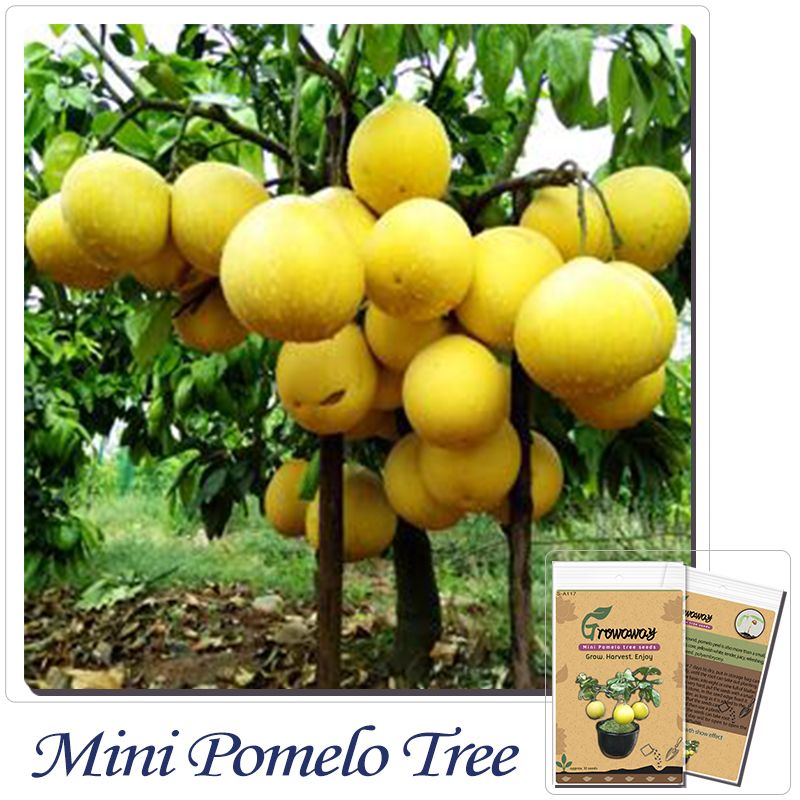
While many named cultivars will be the result of deliberate hybridising efforts down the centuries, it is likely they were starting with plants which had already done some mixing and mingling of their own accord.

It seems that citrus in the wild cross-pollinate readily. If you have ever eaten grapefruit overseas and they were not the same as here, that is why. It is thought to be pomelo x tangelo (so more pomelo than mandarin) and has much brighter flesh than a true grapefruit. However, it originated in Asia, was taken to Australia and brought to NZ by Governor Grey to grow in his Kawau Island garden. The Poorman’s Orange is often referred to internationally as the NZ grapefruit because it is grown widely here but not generally elsewhere.

Add in groups and related plants along with new terms to describe crosses between two species which are then given their own name and shown in species format – with or without an x in front showing it is a hybrid – and it is very confusing. When I say a very complicated path, there doesn’t even seem to be common agreement on how many citrus species there are, let alone some very loose usage of the word species. Mandarins at the top, sweet oranges, tangerine or tangelo, lemons and limes in the middle, Wheeny grapefruit and Poorman’s orange or NZ grapefruit at the bottom That sent me down a very complicated path, trying to understand the citrus family. Not for the first time, I wondered to myself whether the standard medical advice to avoid grapefruit if you are taking certain medications applied in NZ where the plants we grow as grapefruit are not actually grapefruit at all. We have about 25 citrus trees, many of which date back to the 1940s and 50s when Mark’s parents decided to try them in the garden as plants that are ornamental as well productive. Too many windfalls on the heavily cropping Jaffa orange


 0 kommentar(er)
0 kommentar(er)
